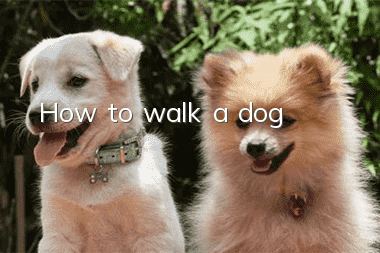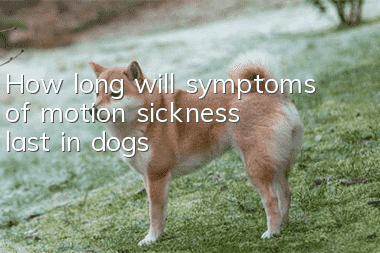How many months does it take for a puppy to reach adulthood?

The time it takes for a dog to reach adulthood varies based on its size. We usually classify dogs according to their size into small dogs, medium dogs, large dogs and giant dogs.
1. Small dogs are dogs weighing less than 10 kilograms, such as Bichon Frize and Teddy Dog. Small dogs usually reach full growth and enter adulthood at the age of 10 months.
2. Medium-sized dogs are dogs weighing 11 to 25 kilograms, such as border collies, corgis, etc. Medium-sized dogs need 12 months to be fully developed.
3. Large dogs are dogs weighing 26 kilograms to 44 kilograms, such as Labrador retrievers and golden retrievers. Because large dogs are larger, it takes longer to fully develop. It usually takes 15 months, and some even take 18 months.
4. Giant dogs are dogs weighing more than 45 kilograms, such as Great Pyrenees, Giant Alaskan Dogs, etc. Giant dogs usually take 18 months to 24 months to fully develop, which means that the dog does not reach adulthood until it is two years old.
Changes in dogs after adulthood:
1. No longer "naughty"
No matter how obedient a dog is, it will actually There are some naughty ones, just like when we were children, we would do some silly things. In fact, dogs can do the same, but when they grow up, this kind of personality will be less obvious, and dogs will become more serious in a short time. The owner is not so used to it.
2. The way of loving the owner has changed
Most dogs when they were young were "clingy". As long as the owner is at home, the dog will not let go of any clinging. If the master has the opportunity, even if he is sleeping, he wants to sleep next to the master.
If the owner discovers that the dog no longer loves to cling to you, don’t doubt yourself. In fact, this is just a sign that the dog has become mature. At this time, the dog will become more mature. Willing to hide his love for his master in his heart.
3. The curiosity about things weakens
In fact, sometimes dogs are not only curious, but also very courageous. For example, when dogs face creatures like snakes, I was not afraid at all. I had to smell it first, and when I was about to taste it, I was bitten, and I might have turned into a sausage face, so I really didn’t know whether to cry or laugh.
However, although dogs still retain curiosity about new things after they grow up, even if they see them, they will only glance at them at most.
4. Become "calm"
When the dog grows up, it will no longer disobey the owner's instructions, often confront the owner, and will not "deliberately" like before. "To please the master, on the contrary, it will complete what the master asks it to do. Usually when the master does not call him, it will play with itself. It will only come when the master needs it.
Most dogs have the habit of begging for food, but human food is still not suitable for dogs.If you eat it regularly, you may suffer from tear stains and hair loss problems caused by improper diet. However, even if the owner says you can’t eat it, the dog will still continue to beg for food.
However, when the dog grows up, it is more sensible and the owner refuses it more often, so it will not beg for food as often.
6. Be obedient when walking
Walking is one of the happiest things for dogs. In addition to being able to exercise in a large area, you can also make friends, but puppies Dogs are generally more lively when they are young. If the leash is taken off, the dog will not listen to the owner so much. It likes to walk around and sometimes hurt people.
But when it grows up, it will choose to take a walk while waiting for its owner to catch up with it, and try not to be so far away from the owner. This is completely different from when it was young. The owner can also reward it. With some small toys or small snacks such as goat cheese, the dog will love the owner even more when the dog gets recognition from the owner.
- dog mating process
- Dog ate ham sausage rinds and metal
- What kind of dog food is good for French bulldogs?
- How old is the female dog before she can give birth to puppies?
- Why does my dog foam when I wake up in the morning?
- The dog has cramps and the whole body is stiff. Beware of epilepsy in dogs!
- How much glucose should be fed to a four-month-old puppy at one time? Feeding too much may have side effects
- Signs before a dog gives birth How to tell how long it will take for a dog to give birth
- How to make a dog have a headshot? Do you know how to make a dog have a headshot?
- What does it mean when a dog stands upright and bows? Have you interpreted the bowing behavior correctly?



